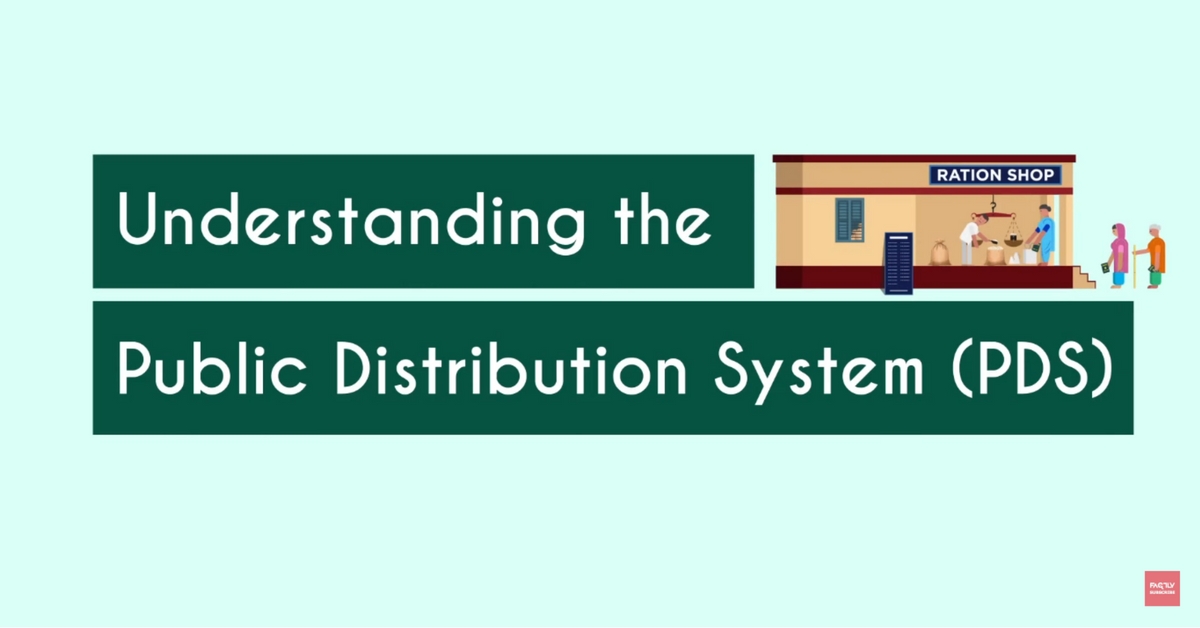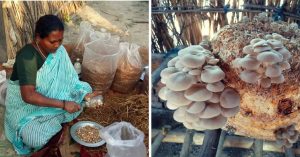TBI Blogs: In Just Two Minutes, Learn How India’s Ration Shops Feed Nearly 40 Crore People Every Month
Since the National Food Security Act, 2013’s introduction, India’s Public Distribution System (PDS) for foodgrains has come under severe scrutiny from a variety of sources. But very few people actually understand the process by which food grains reach Ration Shops under the PDS. This short video from Factly takes a look.

Since the National Food Security Act, 2013’s introduction, India’s Public Distribution System (PDS) for foodgrains has come under severe scrutiny from a variety of sources. But very few people actually understand the process by which food grains reach Ration Shops under the PDS. This short video from Factly takes a look.
Ration shops are one of the most important institutions in India for almost two-thirds of the country’s population. A network of over 5 lakh ration shops helps millions of people get access to foodgrains at viable prices every month. Despite the many well-documented problems and flaws in the system, this remains one of the most important food security networks anywhere in the world.
However, how does this system work behind the scenes? Every month, tonnes of foodgrains are procured from farmers under the Public Distribution System (PDS). These foodgrains go through a supply chain involving multiple stakeholders, including Central and State Governments and the Food Corporation of India, eventually arriving at Ration Shops. Factly takes a look at the PDS and its stakeholders in this short instructional video, that will help you better understand the process that supplies food to millions of people through ration shops every month.
Visit Factly for more stories and videos that make public data meaningful for everyday citizens.
Like this story? Or have something to share? Write to us: [email protected], or connect with us on Facebook and Twitter.
NEW: Click here to get positive news on WhatsApp!
This story made me
- 97
- 121
- 89
- 167
Tell Us More
We bring stories straight from the heart of India, to inspire millions and create a wave of impact. Our positive movement is growing bigger everyday, and we would love for you to join it.
Please contribute whatever you can, every little penny helps our team in bringing you more stories that support dreams and spread hope.


















